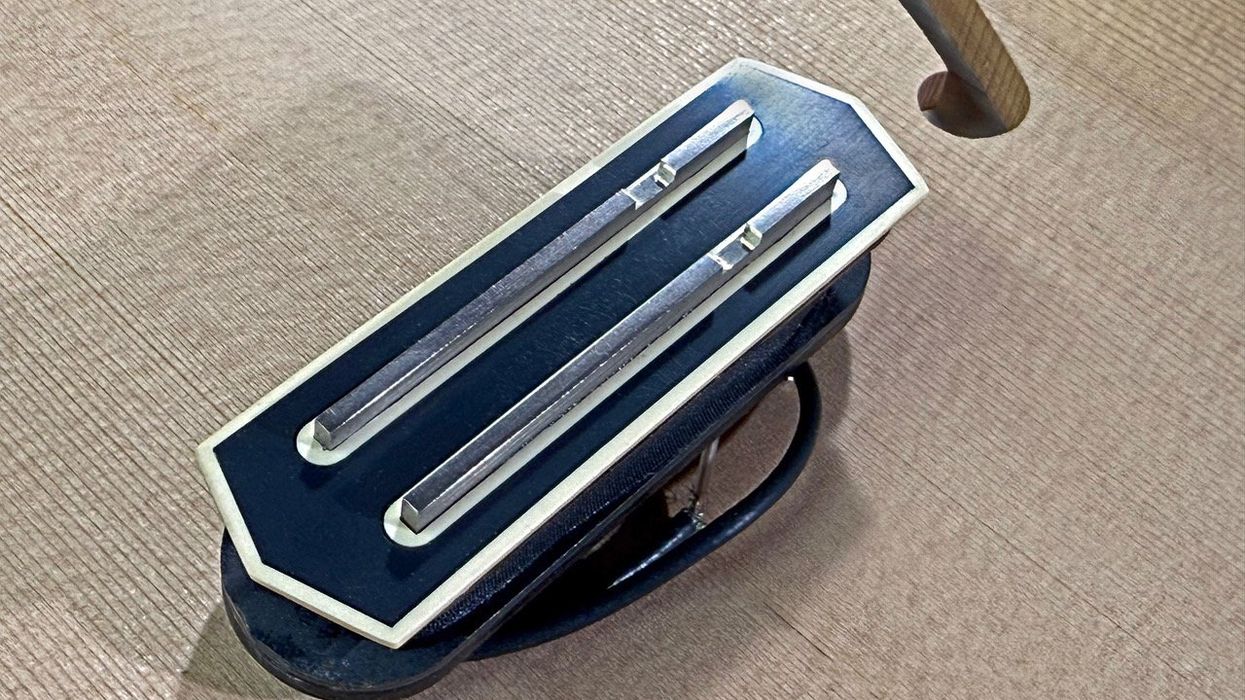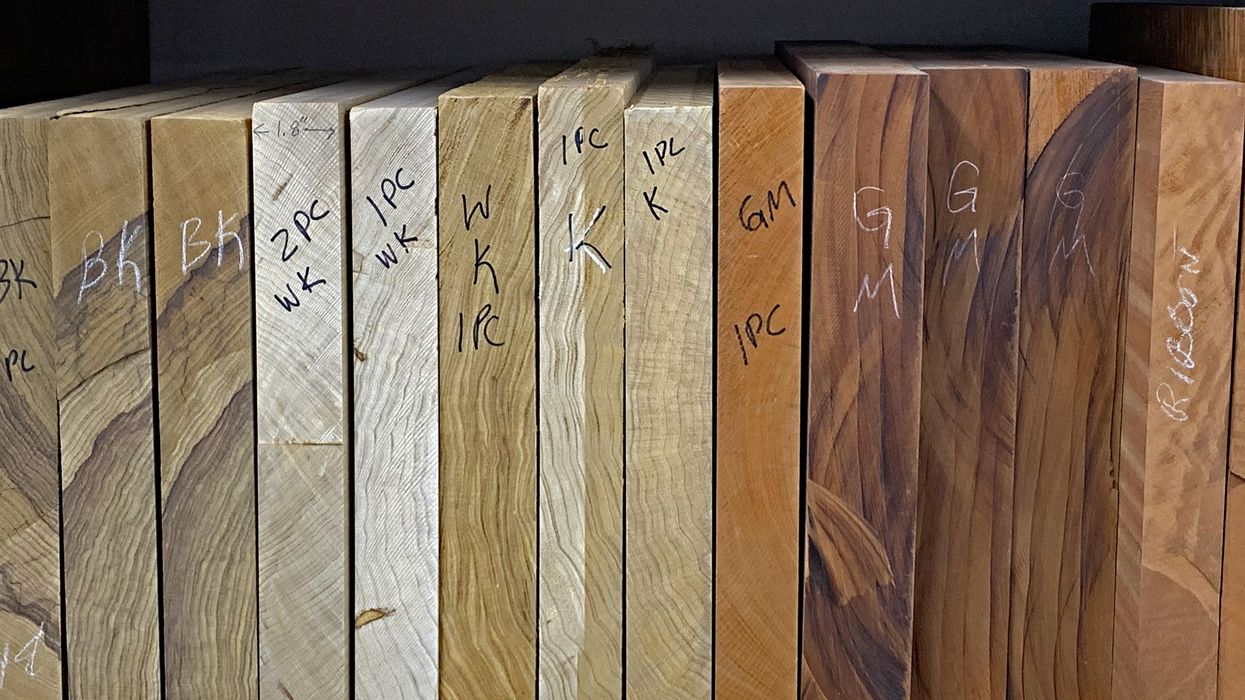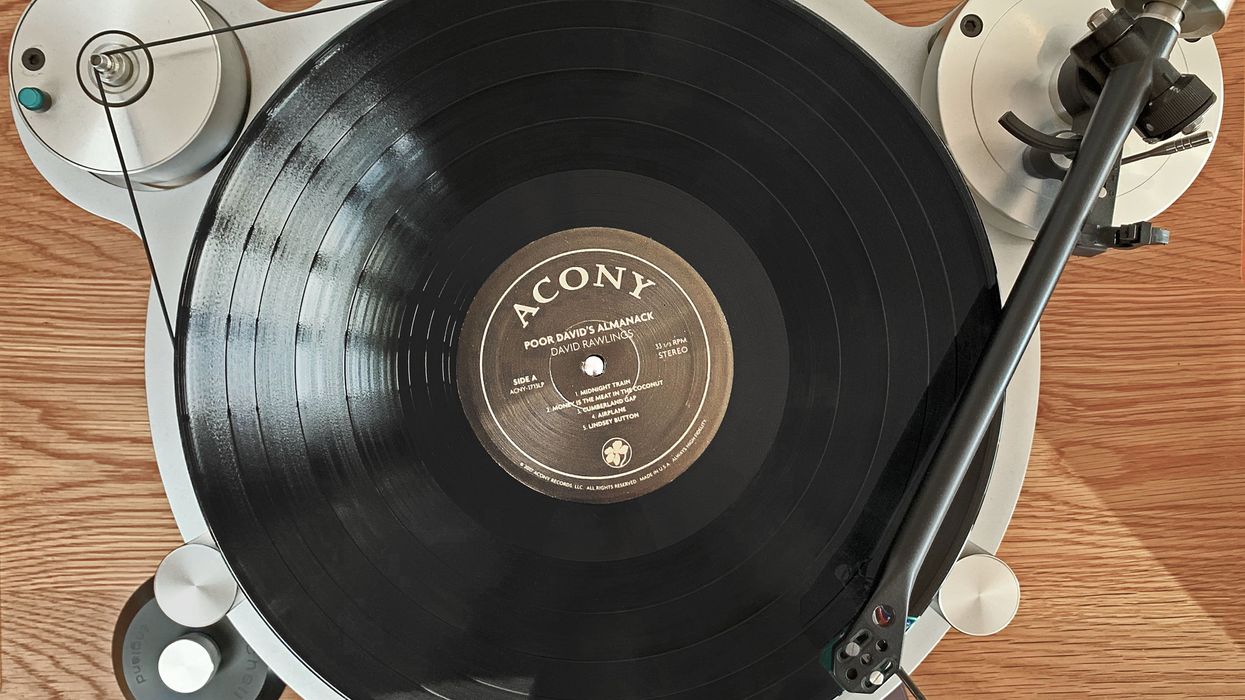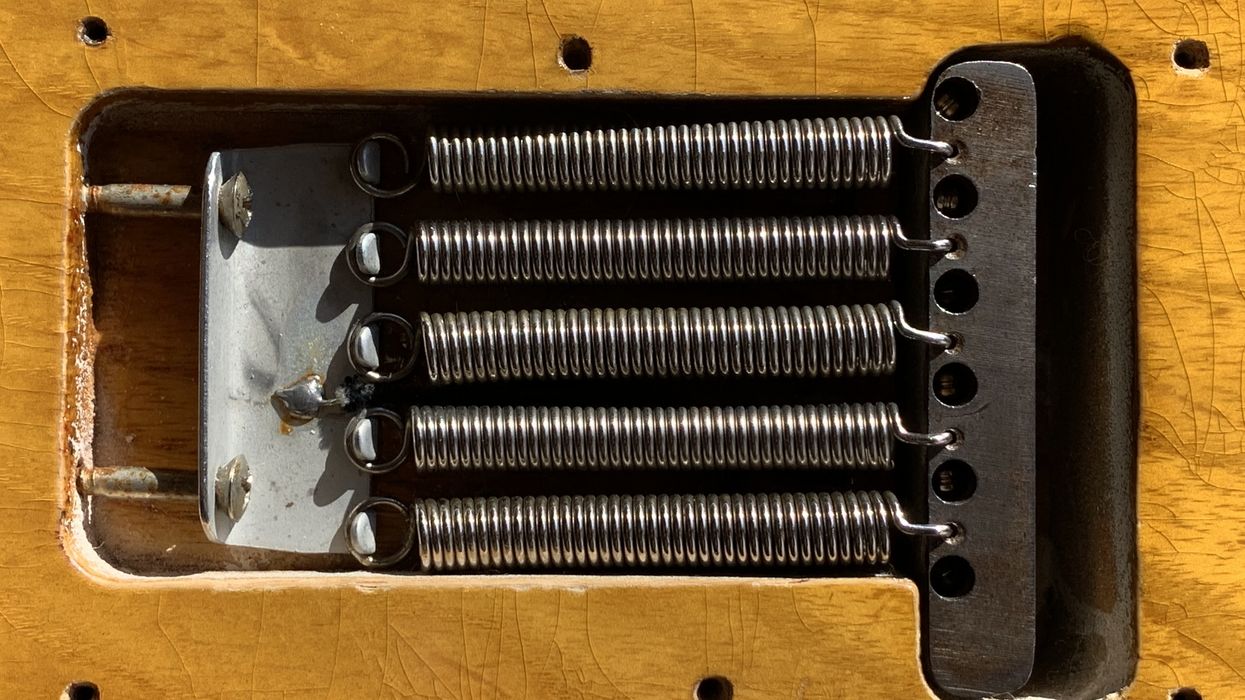In the ever-evolving music industry, the electric guitar stands as an enduring stalwart, having shaped the sonic landscape for generations without much physical change. I’ve joked about the state of the guitar before, but let’s take a more serious view of what’s happening in the guitar business. It’s apparent that the classics continue to wield influence, while also undergoing a transformation reflective of the current tech era.
First, let’s consider the resonance of tradition. The vintage trade has never been more robust, and sale prices are at an all-time high. Of course, those rising price tags mean that more cost-effective, vintage-inspired designs are continuing to attract buyers. As a consequence, budget-conscious guitarists are gravitating towards instruments that pay homage to the golden era of rock ’n’ roll, which now encompasses “shredder” guitars as well. At the higher end of the price range, boutique luthiers and established brands alike continue crafting instruments that marry the timeless elegance of yesteryear with modern touches—with varying results.
The aftermarket is awash with the same strategy. Take, for instance, the drumbeat of PAF-style pickups—the holy grail of vintage tone. It’s the tone that everyone wants, but few have actually heard firsthand. Still, discerning players seek out guitars fitted with these replicas, their imaginations yearning for the warm, creamy sound that defined the bluesy (recorded) licks of legends. With the marketplace flooded with PAF imposters, it may be just a matter of time before more recent pickup designs become subject to widespread recreation. A case in point is the resurgence of the T-Top Gibson humbucker, which was the less cherished replacement to the PAF.
And it’s not only pickups. In the spirit of this quest for retro authenticity, some builders have gone a step further, meticulously recreating or improving upon other vintage components, ostensibly to capture the elusive magic of bygone eras. The difficulty for consumers to compare these products to the “real” thing is a conundrum that works in the maker’s favor. In the end, if you like what you hear, that’s what matters.
“As vintage-aesthetic fatigue sets in among some players, carbon fiber, aerospace alloys, and 3D-printed components are pushing the boundaries of what was once deemed sacred.”
Despite the constant dialogue about the golden age of guitars, the electric market is no stranger to innovation. Effect and amp builders offer both digital and analog impressions of vintage products, and there is a faction also pressing ahead into options never imagined in the past. In a world fueled by technological leaps, guitar amplification has embraced a metamorphosis in the realm of digital signal processing, where guitars are not mere instruments but also game controllers for a myriad of sonic possibilities. More and more, modeling technology is becoming the alchemist’s potion, allowing players to summon the tones of iconic amps and effects with a simple twist of a knob. Or at least, as the saying goes, close enough for rock ’n’ roll. It’s tempting to write off these devices based on early attempts, but as processing power gets more powerful and costs come down, we may see the final triumph of solid-state.
The tech touch is also evident in the rise of avant-garde designs and materials. As vintage-aesthetic fatigue sets in among some players, carbon fiber, aerospace alloys, and 3D-printed components are pushing the boundaries of what was once deemed sacred. Whereas previous attempts to integrate aerospace materials were laughable, modern-day artisans are crafting guitars that twist convention, challenging players to rethink their perceptions of what a cool electric guitar can be. The juxtaposition of tradition and innovation is not always a clash but a quest, where the echoes of the past might resonate in harmony with the cutting-edge present.
The democratization of luthiery has also given rise to a thriving custom and boutique market. When I started building instruments, there was no StewMac, and information was a guarded secret. Now, with social media as their stage, thousands of small-scale builders showcase their take on the past or their stab at the future. Like the craft-beer movement, small-shop guitar-making has turned into a significant hobby. These creations stand as testament to the artisanal spirit now driving the guitar market forward.
Yet, as we traverse the landscape of the electric-guitar market, it’s crucial to acknowledge the challenges. The digital age has ushered in a paradox—while virtual instruments and home-studio setups offer unprecedented accessibility, they also pose a threat to the tactile experience of playing a physical instrument. The allure of instant gratification in the form of digital plugins challenges the traditional methods that have defined the soul of the electric guitar for decades.
In my view, the electric-guitar market is a tapestry woven with threads of tradition and innovation. It’s a place where vintage sensibilities mix with cutting-edge technology, and the esoteric meets the mainstream. As players and builders continue to search for new ways to differentiate themselves, the electric guitar remains an ever-evolving muse, resonating with the echoes of the past while charting a course towards an exciting future. In other words, just as it has always been.

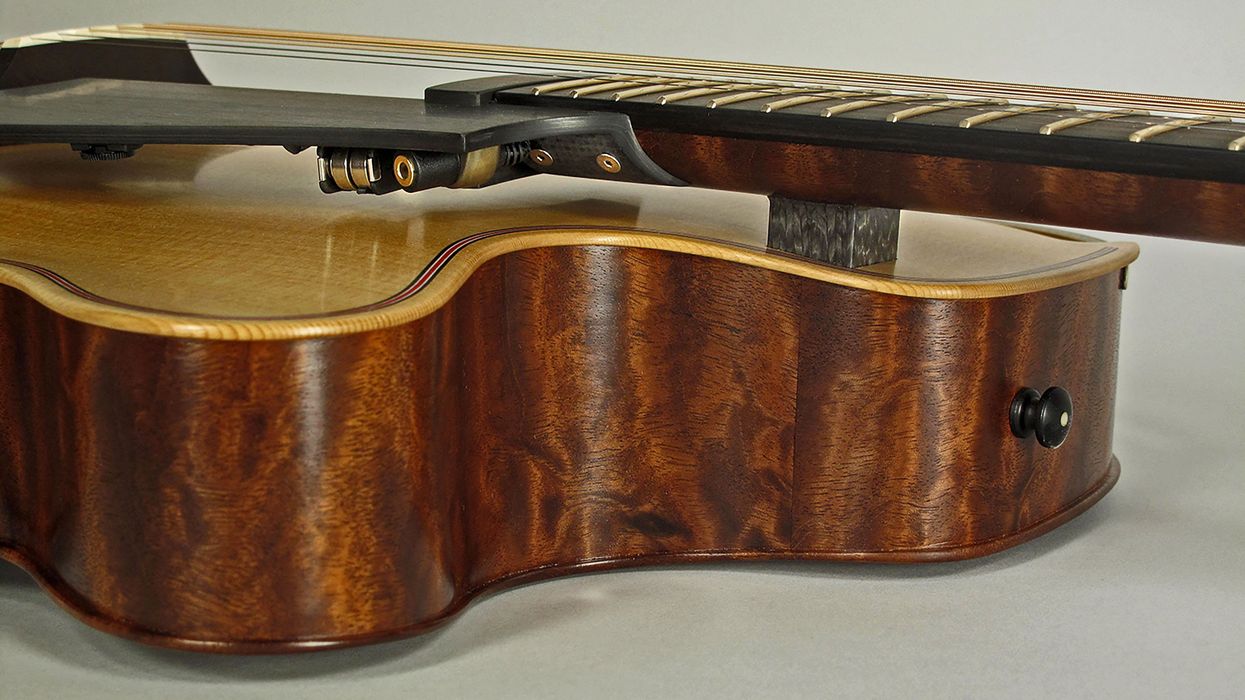


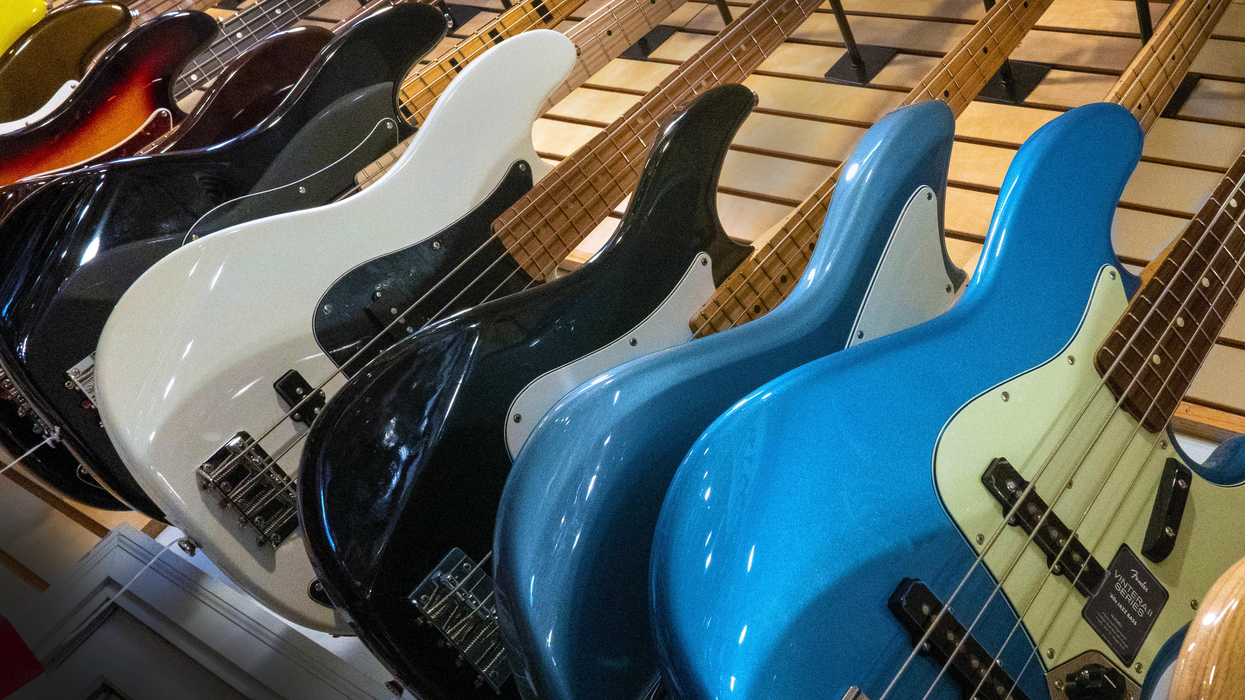
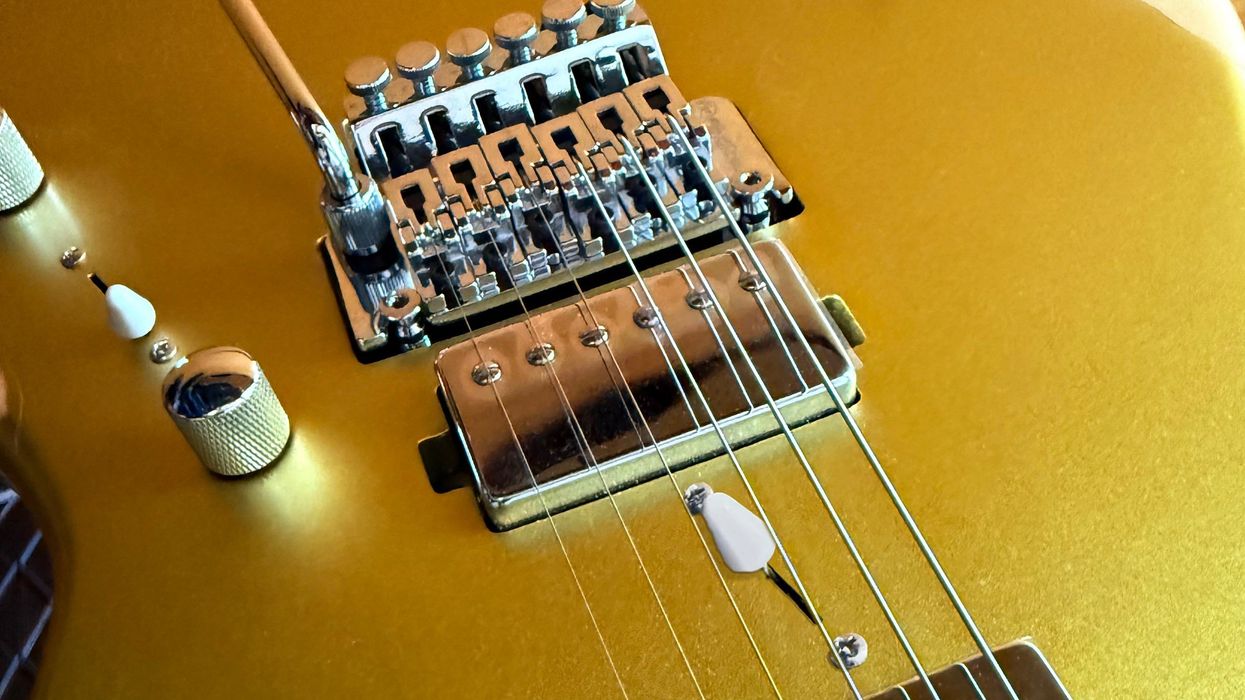
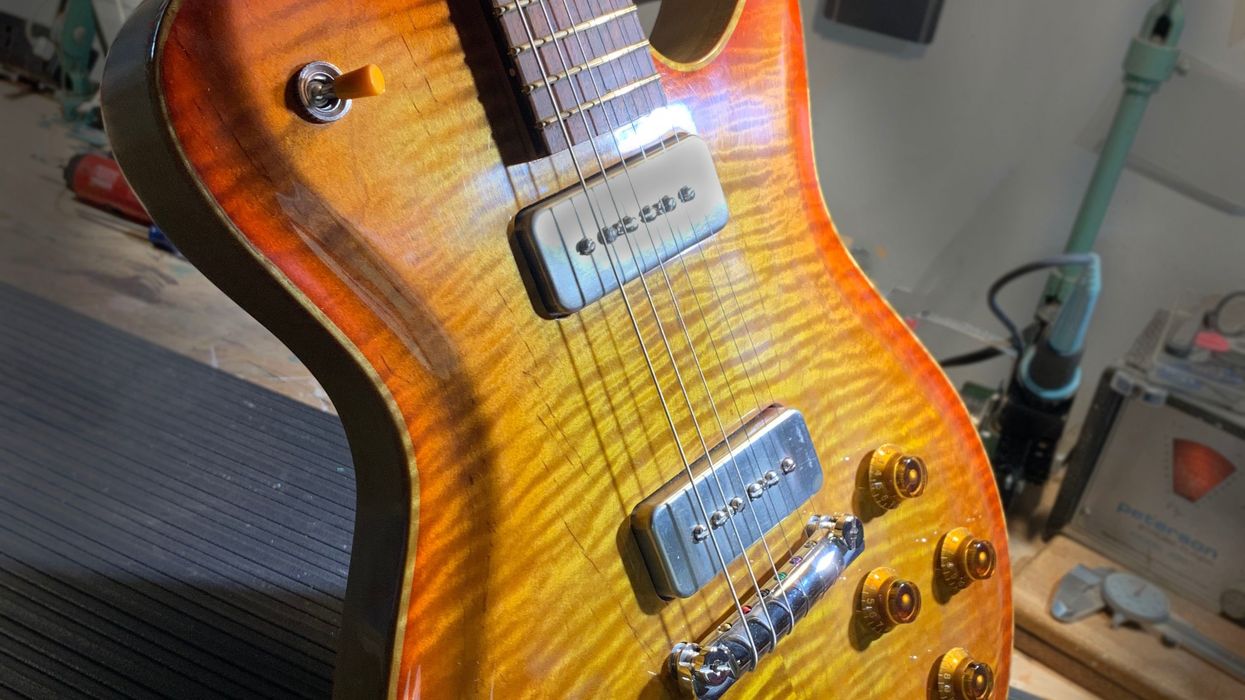
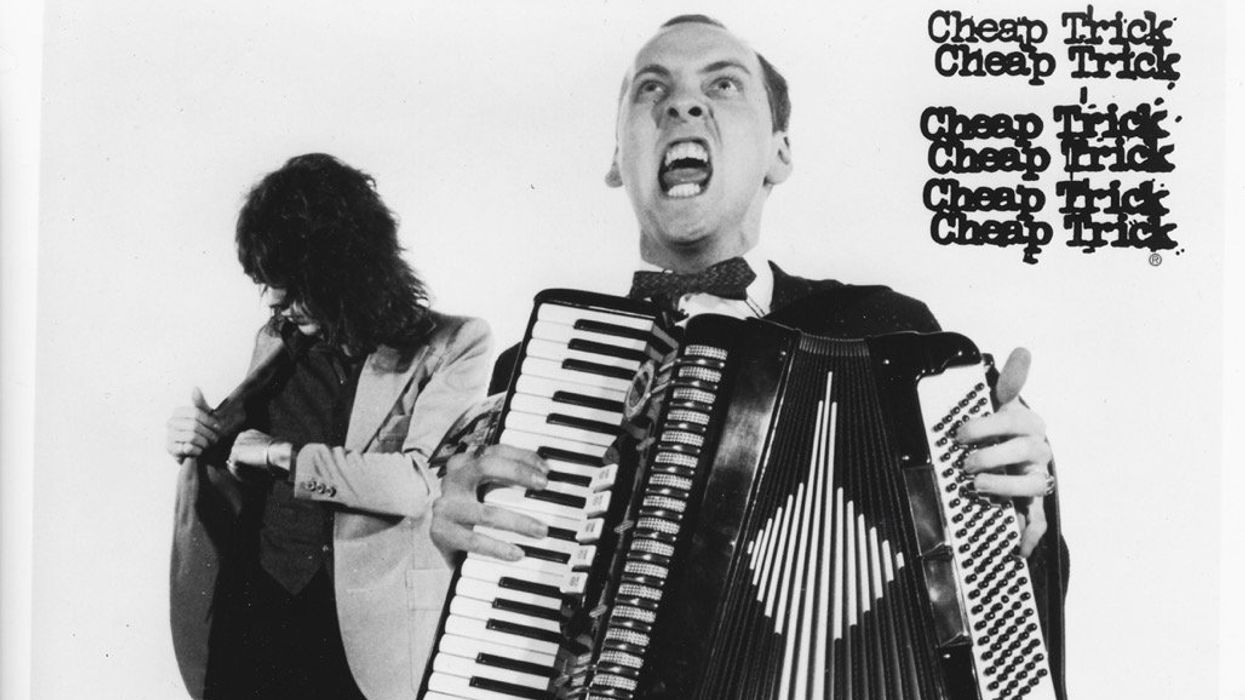



![Rig Rundown: Russian Circles’ Mike Sullivan [2025]](https://www.premierguitar.com/media-library/youtube.jpg?id=62303631&width=1245&height=700&quality=70&coordinates=0%2C0%2C0%2C0)


